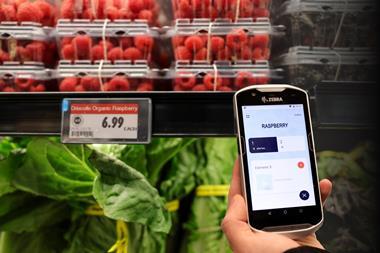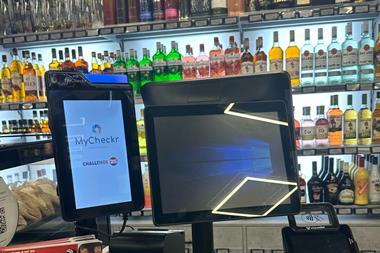
Retailers often find themselves in a situation where they need to keep up with a rapidly changing digital landscape – and the past two years have been no exception. The pandemic caused a seismic shift for retail organisations across the globe as shops shut and trade moved online. This was even more challenging for organisations that were already falling behind on the technology curve.
The retail industry is well known for its adoption of fast-paced tech transformations, to capitalise on consumer demand for e-commerce options and social media channels, and remain competitive in an industry that is constantly responding to trends and innovating accordingly. But this competition can also lead to pressure on retailers to adopt new functionality despite the challenges of reconciling legacy systems. Tech debt can occur when the long-term costs of short-term decisions take hold and a business is left with several solutions, none of which perform as coherently as anticipated.
Tech debt can also be caused by a lack of investment in the relevant technologies to keep pace with the industry. Whilst new platforms and systems can come at a large cost, overall they can vastly increase operational efficiency and enable greater functionality. One such example is automation – organisations that invest in AI tools no longer need employees to fill those gaps, freeing them up for other tasks, and advanced analytics are enabled to aid decision-making, giving them access to competitive advantages.
Failing to devote the necessary resources to innovation, whilst competitors do so, can negatively impact on data quality and increase cost. Market share, too, can be negatively impacted by difficulties in scaling up and down as appropriate, to react to trends and busier sales periods.
Of course, retailers don’t have the budget or infrastructure to “rip and replace” their tech solutions regularly. But what is clear is those businesses further along in their digital transformation journeys were better equipped to deal with the closures, shortages and other pressures triggered by the global pandemic, and will continue to be ahead of the game in facing future challenges.
Technologies such as cloud, AI, machine learning and data analytics give retailers the capabilities they need to address key business challenges. These challenges include driving growth, forming deeper connections with customers, empowering employees, forecasting demand and planning for the future of retail. All this without the need to overhaul their technology stack every few years.
Those retailers who find themselves in tech debt are not only at risk of being left behind, but are also likely to experience stifled innovation. This leaves retail CIOs in a bind, as they are tasked with staying competitive in a tough marketplace whilst also managing the tech debt within their organisation, preventing them from investing in new opportunities. It’s a thin line to tread.
Retail leaders are rightly proud of their brands and the products they sell, whilst also being aware of the dependence their businesses have on technology. Those that are willing to prioritise reducing the burden of their tech debt, reconfigure their infrastructure and put failed projects to bed will be able to access the possibilities that only cloud technology and AI can provide. Doing so will stand them in good stead to weather any storms the market throws their way in future.















No comments yet